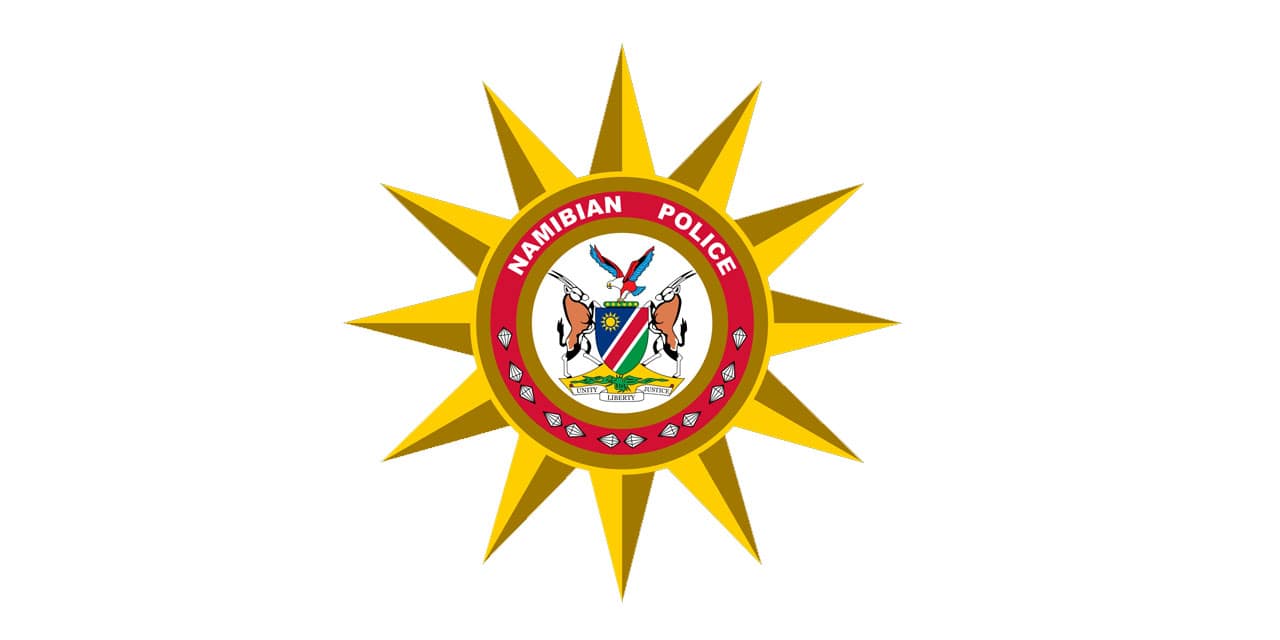Toyota’s growing interest in Namibia’s green iron production is set to boost the country’s automotive sector while supporting global carbon neutrality goals.
The company has expressed interest in Namibia’s green iron production through HyIron and simultaneously announced plans to align its operations with global carbon neutrality goals.
This partnership aims to secure sustainable materials for Toyota’s green steel initiative.
Simonis Storm Securities economic researcher Almandro Jansen says the Oshivela green iron production plant near Arandis in the Erongo region is set to produce five tonnes of green iron per hour.
It will scale production to 200 000t annually by 2026.
“These efforts not only enhance Toyota’s sustainability credentials, but also position the brand to influence Namibia’s automotive landscape through the potential introduction of eco-friendly bakkies, including hybrid and electric models,” Jansen says.
On the other hand, Kia Motors has made a strategic entry into the competitive bakkie segment with the unveiling of the Tasman. This model combines utility and lifestyle appeal with a bold design, practical features, and a variety of configurations, including 4×2 and 4×4 options.
“Scheduled to launch in South Africa by late 2025, the Tasman is expected to intensify competition, challenging the dominance of established players like Toyota and Ford,” the analyst says.
Meanwhile, new vehicle sales reached 1 145 units in October, representing a 24.6% year-on-year increase from 919 units in October 2023 and a 15.9% month-on-month rise from September 2024.
Jansen says October vehicle sales have historically been below the 1 000-unit threshold, however, this year’s outperformance is primarily attributable to pre-year-end tax-related purchases, suggesting heightened activity among both businesses and individuals seeking to optimise tax benefits before the fiscal year closes.
Commercial vehicles remained the primary driver of the market, accounting for 55% of total sales, with 631 units sold in October.
Year-to-date (YTD) commercial vehicle sales stood at 5 876 units, marking a 7.1% increase from 5 487 units recorded in October 2023. Light commercial vehicles dominated this segment, with 568 units sold, contributing 49.6% to total vehicle sales.
“The strong demand for commercial vehicles underscores their pivotal role in supporting logistics, construction and trade, reflecting broader economic resilience in these sectors,” the analyst says, adding that passenger vehicles accounted for 45% of total vehicle sales, with 514 sold in October this year.
This marks a rebound after two months of sequential declines, but YTD passenger vehicle sales remain subdued at 4 783 units, down 9.3% from 5 272 units in 2023.
“The recent uptick may be linked to improved household liquidity stemming from enhanced credit access, tax refunds, and the lingering effects of tax relief measures,” he says.
Toyota maintained dominance during the review period, with 619 new vehicles sold, accounting for over 54% of total vehicle sales. This included 361 light commercial vehicles, 256 passenger vehicles and two medium commercial vehicles.
The analysis showed that the Toyota Hilux emerged as the market leader, with 325 units sold, reinforcing its appeal as Namibian buyers’ preferred choice.
Ford ranked second, driven primarily by the strong performance of the Ranger, while Volkswagen secured third position, contributing 90 units sold.
Other key contributors included Kia and Isuzu, each selling 50 units and Suzuki with 43 units, underscoring their consistent presence in the market, Jansen says.
– email: matthew@namibian.com.na
Stay informed with The Namibian – your source for credible journalism. Get in-depth reporting and opinions for
only N$85 a month. Invest in journalism, invest in democracy –
Subscribe Now!






